How to Use the Ancient Whole Grain, Kamut
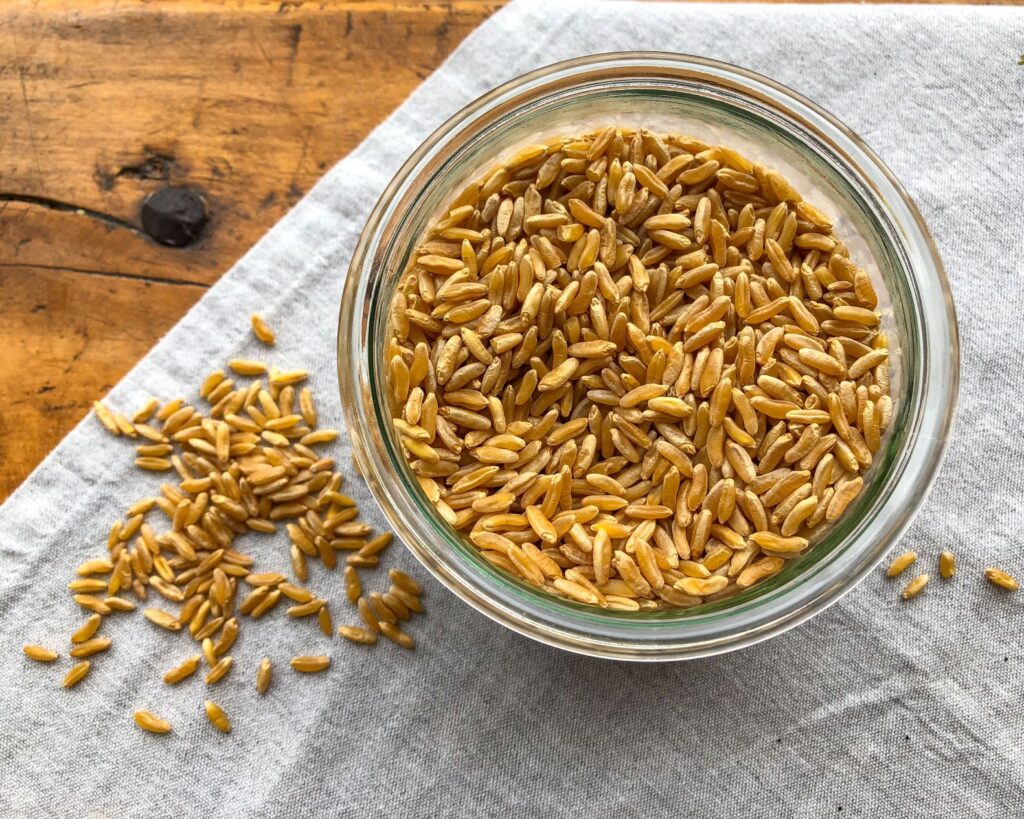
Learn about the history, nutrition, and cooking benefits of the whole grain Kamut and the top 3 ways to cook with them.
You couldn’t make up the story of Kamut®, a variety of wheat known as Khorasan, if you tried. In 1949, a U.S. airman named Earl Dedman was stationed in Portugal. Dedman received 32 giant wheat kernels from a fellow airman who picked them up in Egypt, where he was told the wheat came from an Egyptian tomb (more likely it came from a street vendor in Cairo). Dedman sent the wheat kernels to his father in Fort Benton, Montana and the family grew the grain as a novelty under the name, “King Tut’s Wheat” in the 50s and 60s. A local farmer grew some of the wheat and displayed it at the Fort Benton fair in 1964. Fast forward to 1977 when Bob Quinn, a graduate student at the University of California, Davis, examined the back of a package of Corn Nuts, and read that the snack was made of giant corn kernels. This brought back memories of the huge wheat kernels he had seen long ago at the Fort Benton fair. Quinn had a light bulb moment: Perhaps the giant wheat kernel might be the next great American snack. The Corn Nuts company expressed interest in the giant wheat, so Quinn’s father searched for the grain in Fort Benton, locating one small jar of the giant kernels that descended from Dedman’s Egyptian wheat. Sadly, the Corn Nuts company lost interest in the project—but Quinn didn’t. He grew the giant wheat and introduced it at the Natural Products Expo in 1986, where it became an overnight success. Today, the Quinn family business, Kamut International, has enjoyed phenomenal growth of Khorasan wheat under the trademarked name Kamut (a name from an ancient hieroglyphic dictionary).

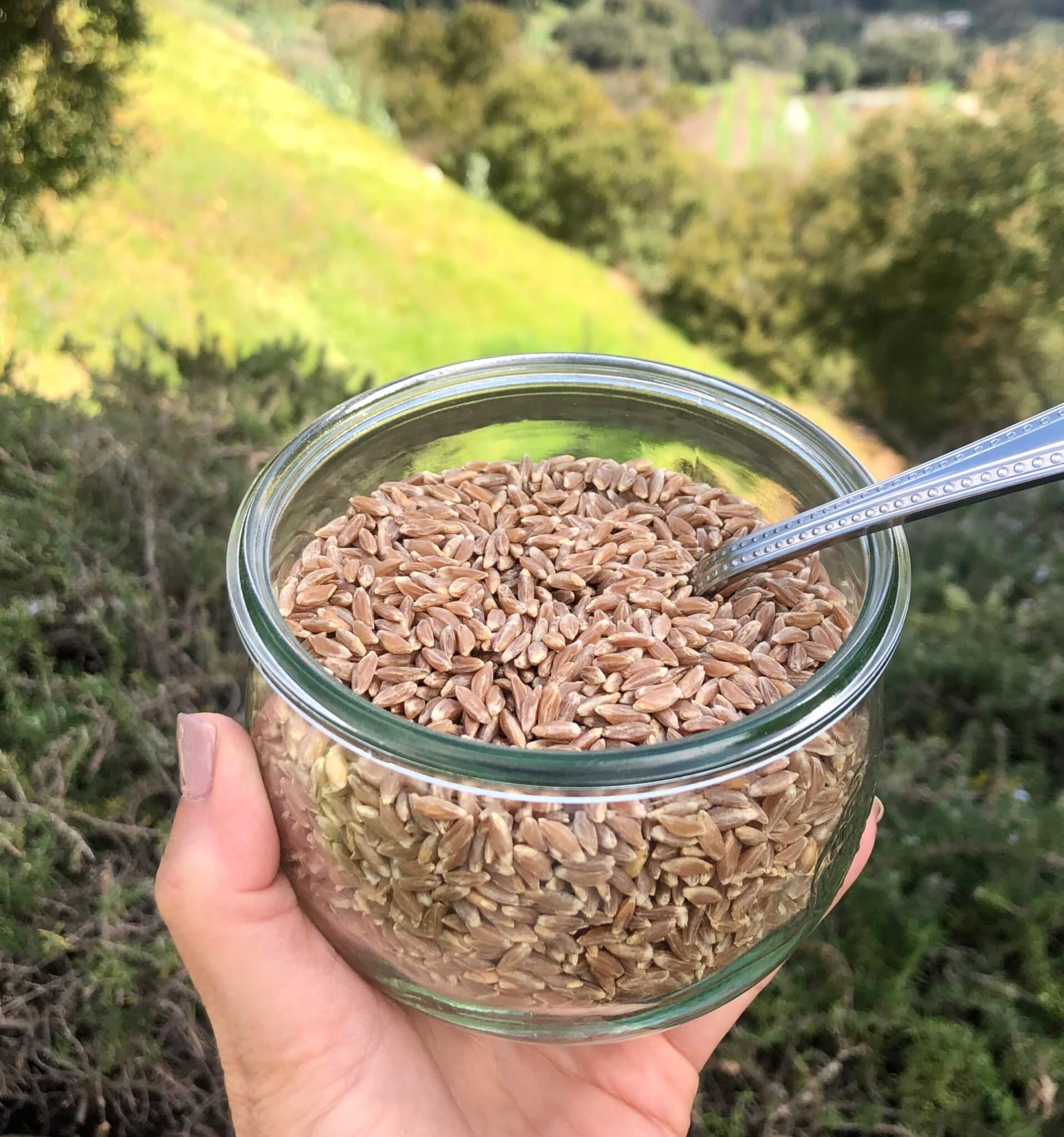
Kamut Khorasan turns out to be an ancient relative of our modern wheat staple, durum. The large wheat grain originated in the Fertile Crescent region that reached from Mesopotamia to Egypt, but it had fallen out of modern cultivation for a long period of time before its rediscovery. Though it is available in many places around the world, Khorasan wheat is only commercially grown in Montana and Canada. Kamut International established high standards for the cultivation of Khorasan wheat under the Kamut trademark in order to preserve its purity and to ensure it is grown organically. Kamut Khorasan is an excellent way to up your intake of whole grains. This ancient wheat variety is also higher in protein and many minerals than modern wheat varieties. Although it is not recommended for people with celiac disease who must avoid the gluten found in wheat, many people with wheat sensitivities report tolerating Kamut better than wheat.
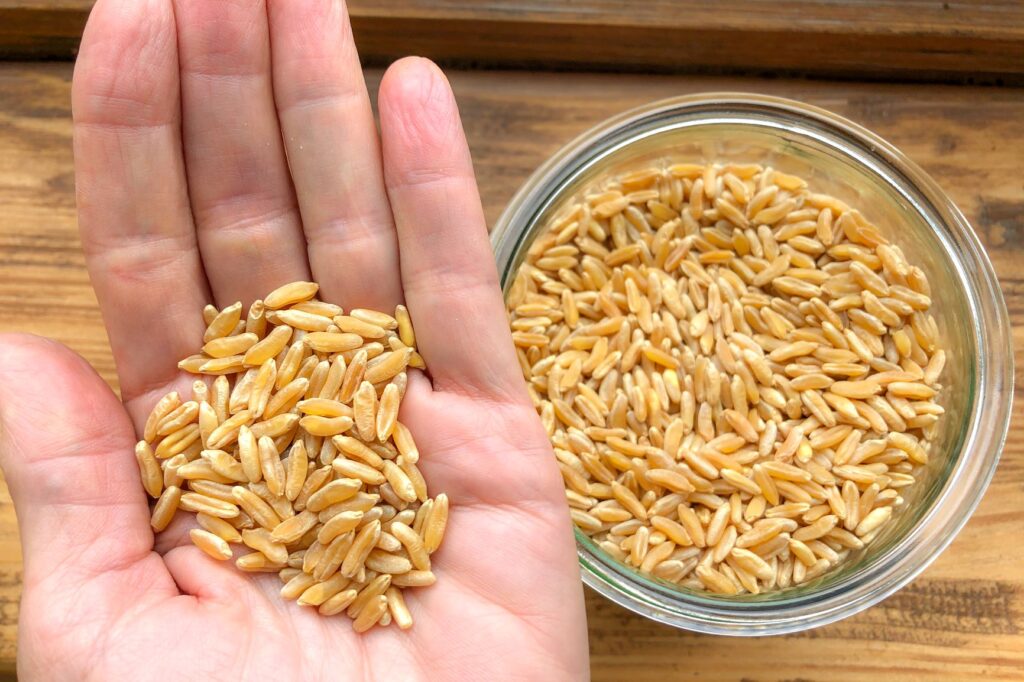
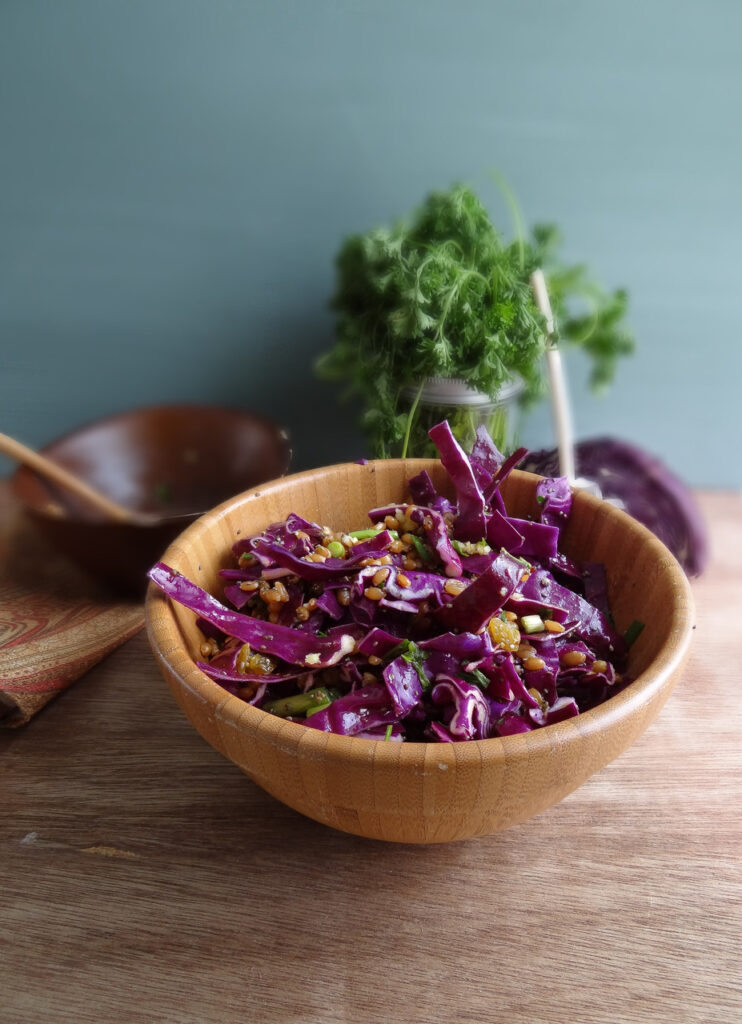
Kamut Khorasan is available as the whole grain kernel (also referred to as “berries”), quick-cooking bulgur, and flour. Kamut is very versatile, and is included in a variety of food and beverage products. These range from breads and pasta to cereals, snacks, pastries, crackers, beer, grain coffee, green foods and even wheat drinks. With a rich, nutty flavor, Kamut berries or bulgur can be used in soups, salads, side dishes and main dishes. The flour can be used as a substitute for all-purpose or whole wheat flour in baking.
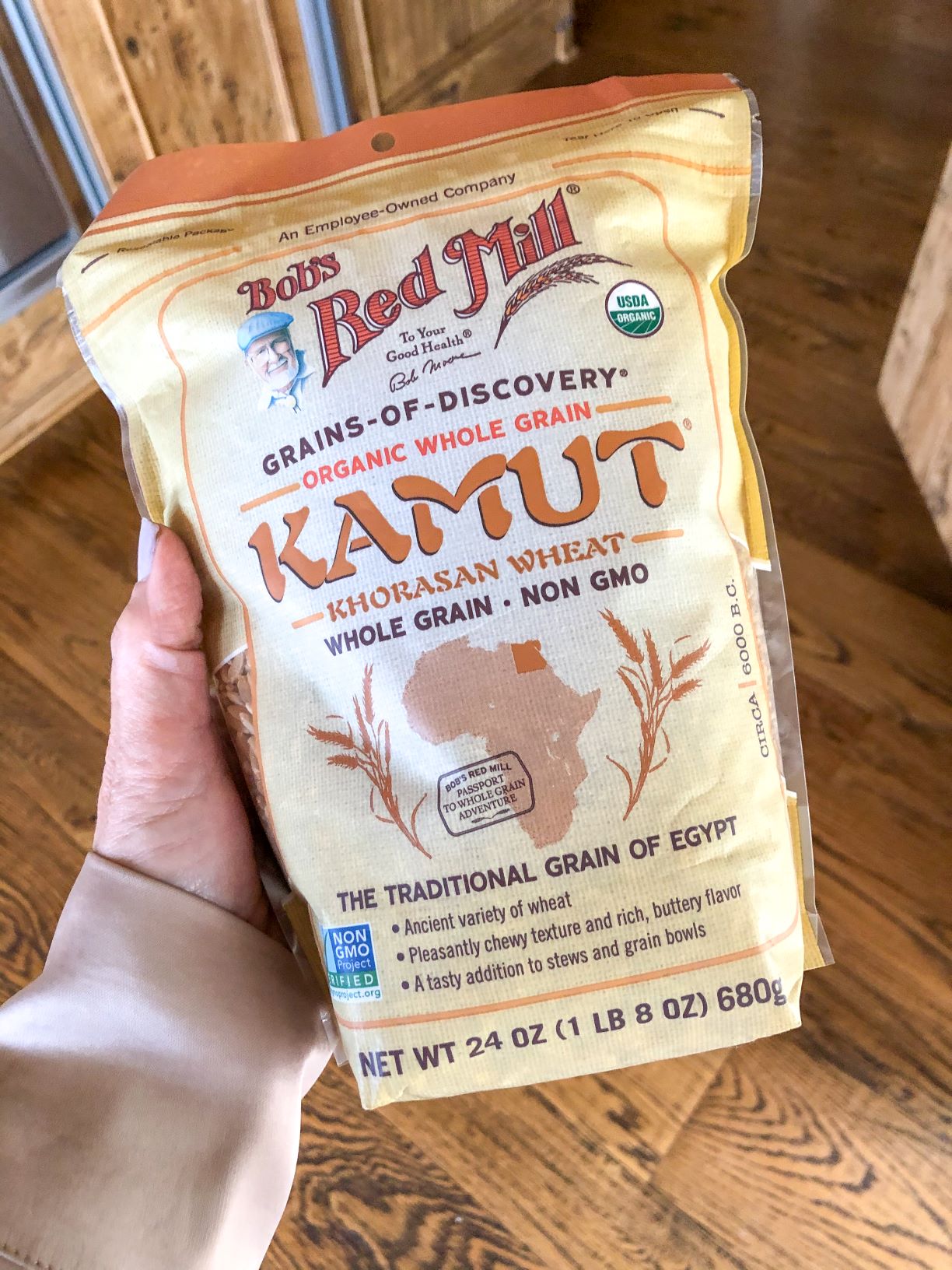

A 100-gram serving of Khorasan wheat has 337 calories, 14 grams of protein, and 136% of your daily value of manganese! This magical wheat also is a great source of niacin, phosphorus, and thiamin. The flour is very light and fine, and there are a lot of ways to use Kamut—so let’s get into the top tips for using this wheat.

Top Three Ways to Use Kamut

1. Use Kamut flour as a replacement for all-purpose wheat flour. The nuttiness of the Kamut grain adds a subtle flavor to your baked goods, so try swapping out some or all of the flour in a recipe for Kamut Khorasan wheat. Just be sure to be mindful of the flour density, as changing this ratio can lead to a slightly different texture results.

2. Mix Cooked Kamut Grains into a Salad. Cooked Kamut is similar to wheat berries, so try adding some to a delicious salad for a nutty, healthy, tasty serving of whole grains.

3. Cook as a Side Dish. The natural nutty flavor is a perfect complement to the slight sweetness and crispy texture of roasted veggies. Try roasting Kamut and vegetables together for your next meal.
Next time you’re looking for an alternative to rice or potatoes, think about the amazing story of Kamut and give this tasty grain a try!
Looking for more grain-based recipes? Try these:
Green Goddess Grain Bowl
Cranberry Apple Leek Whole Grain Stuffing
Brown Rice Chickpea Kale Salad with Ginger Tahini Dressing
Quinoa Risotto with Kale and Pistachios
Written by Sharon Palmer MSFS, RDN with Kathryn Atkinson, dietetic intern



Hi, I would like to make a rustic bread with some kamut flour. I bougtht Kamut grain. Can I roast it before grinding it into flour. What would be the result if I can roast it.
You can use Kamut flour as a replacement for other flours in bread recipes. I have made Kamut bread using Kamut flour, but have not ground the flour myself. From what I understand you don’t roast it first but grind it very fine in a grain mill or high power blender. Please let me know how it works!